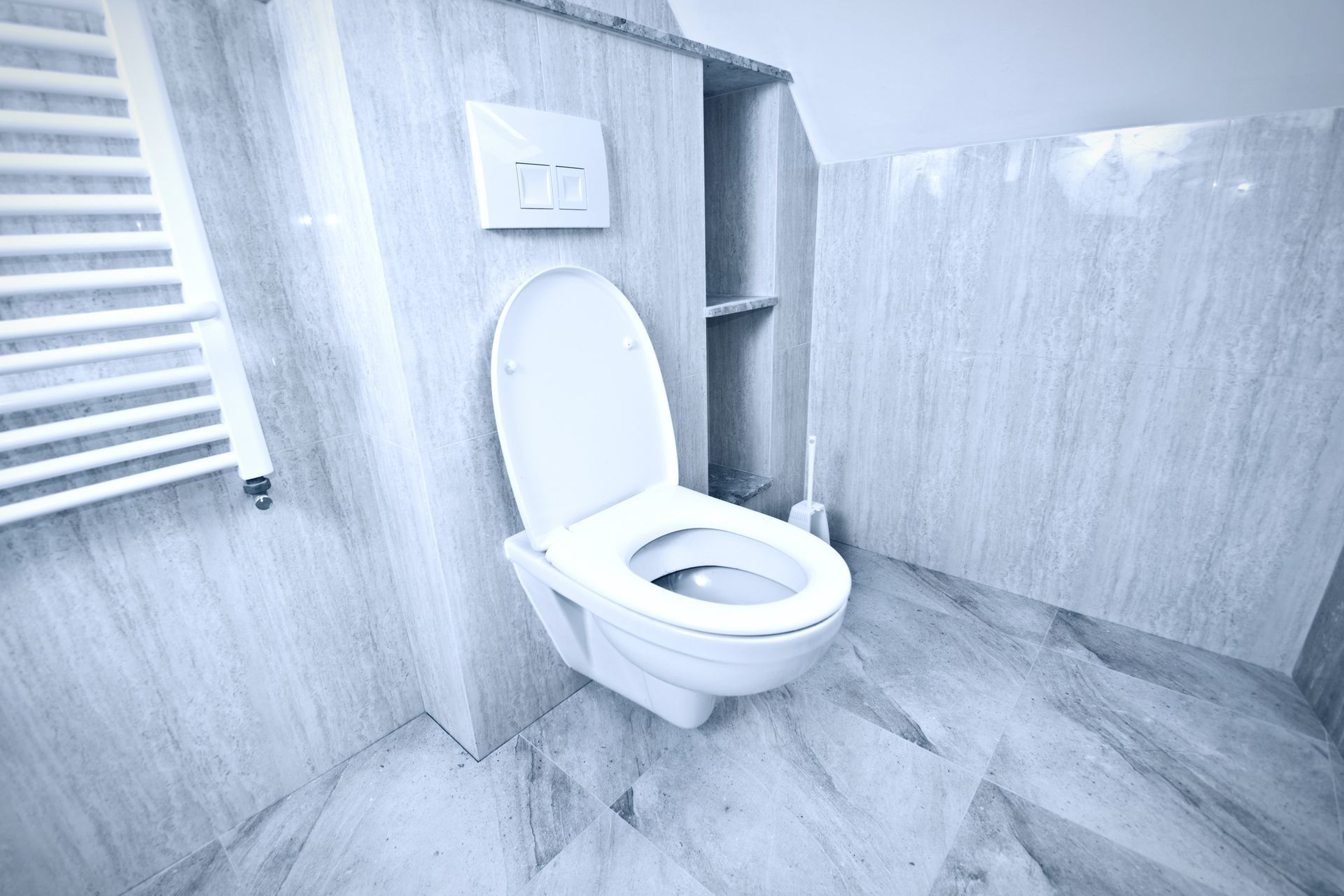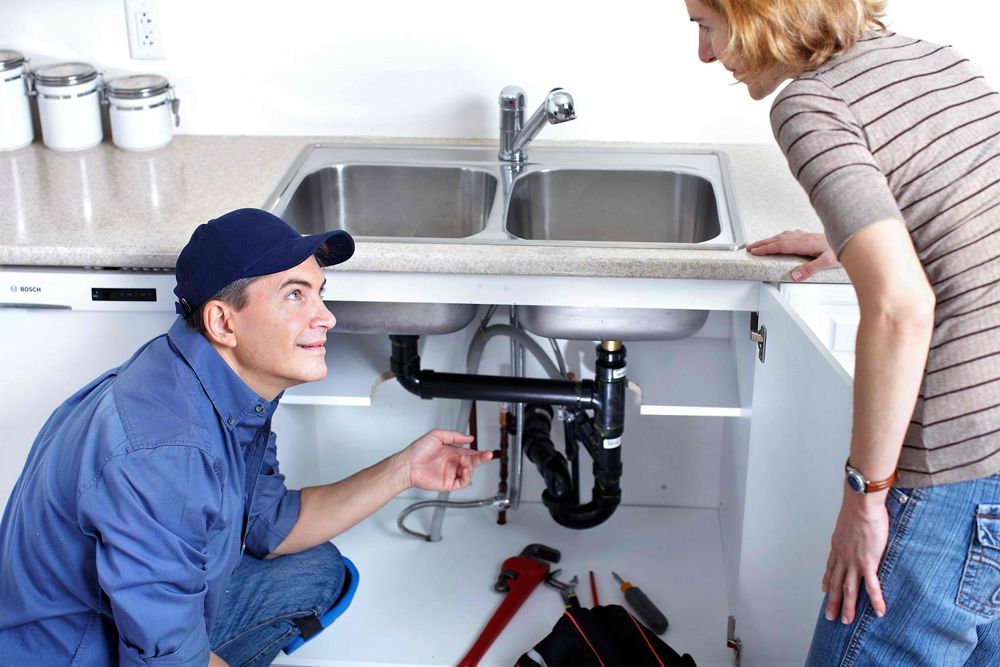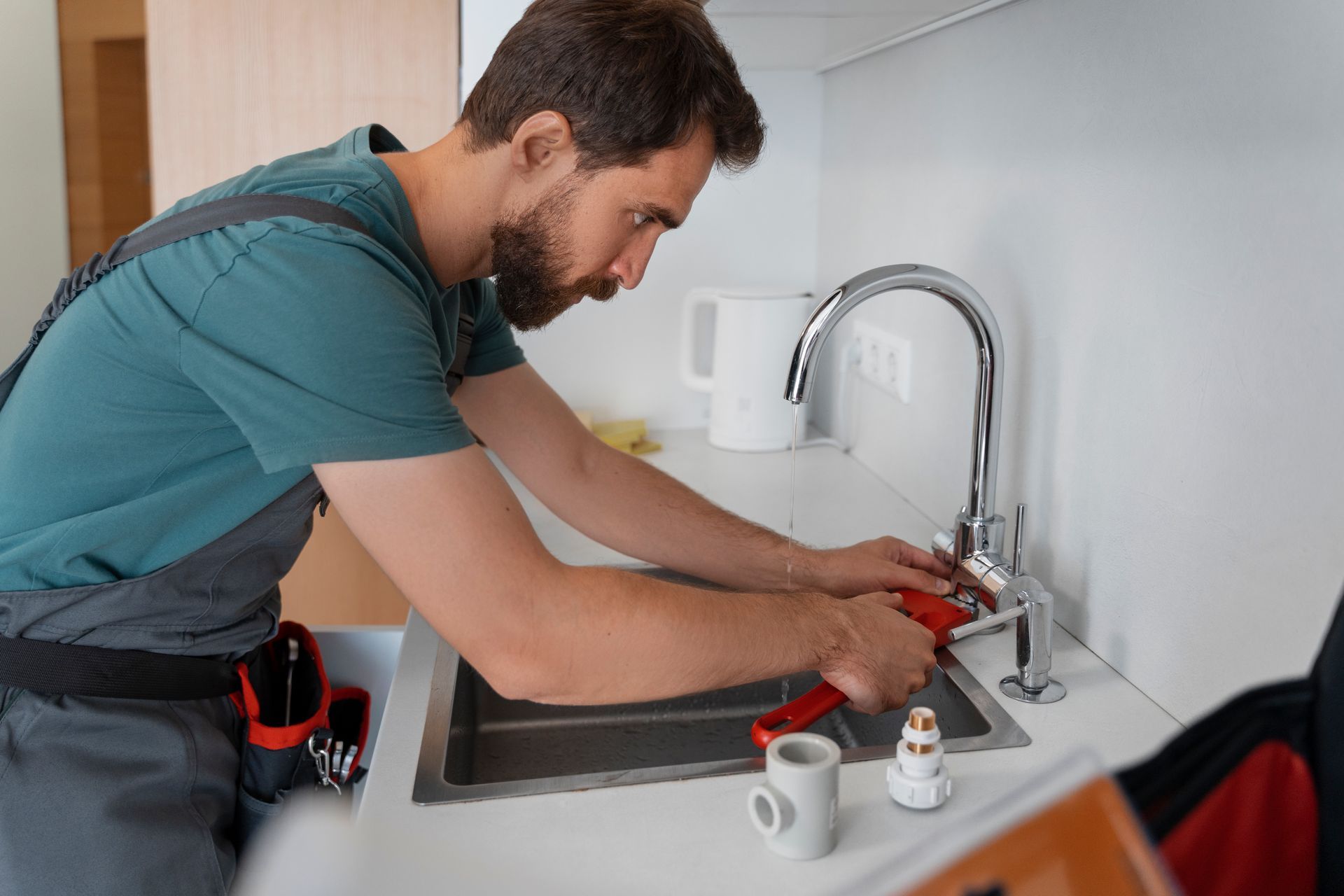How To Maintain Your Garbage Disposal For Longevity?
A garbage disposal is an indispensable kitchen appliance that helps manage food waste efficiently, keeping your sink clear and your kitchen hygienic. However, like any mechanical device, it requires proper care and maintenance to ensure it operates smoothly and lasts for many years. With the right maintenance practices, a garbage disposal can serve your household reliably for 8 to 15 years, depending on usage, quality, and upkeep routines. This article provides a comprehensive guide on how to maintain your garbage disposal for longevity, helping you avoid costly repairs or premature replacement.
Understanding the Importance of Garbage Disposal Maintenance
Garbage disposals are often overlooked until they malfunction, but neglecting their maintenance can lead to clogs, foul odors, dull blades, or even motor burnout. These issues disrupt your daily kitchen routine and may necessitate expensive repairs or replacements. Proper maintenance not only extends the life of your disposal but also promotes efficient operation, reduces environmental impact by minimizing landfill waste, and maintains a clean, odor-free kitchen environment.
By integrating regular maintenance into your household routine, you can avoid frequent breakdowns and enjoy the convenience of a smoothly functioning disposal for years to come.
Best Practices for Daily and Weekly Care
Use Cold Water During Operation
Contrary to what some might assume, running cold water-not hot-while operating your garbage disposal is crucial. Cold water solidifies fats and oils, allowing them to be chopped up and flushed away more effectively. Hot water, on the other hand, can melt grease, causing it to coat the blades and pipes, which leads to buildup and clogs over time.
Run Your Disposal Regularly
Even if you don’t generate much food waste daily, running your disposal regularly helps prevent rust and corrosion. The internal components are mostly metal, and regular use with water keeps them lubricated and free of buildup. Running the disposal for at least a minute after the grinding noise stops ensures all food particles are flushed through your plumbing system, preventing residue accumulation.
Feed Waste Gradually and Avoid Overloading
Garbage disposals are designed to handle small amounts of food waste at a time. Feeding large quantities or hard items like bones, fibrous vegetable peels, or coffee grounds can strain the motor and dull the blades. Always scrape large scraps into the trash before using the disposal, and feed food waste gradually to avoid jams and motor overload.
Monthly and Periodic Maintenance Tips
Clean the Disposal with Ice and Citrus
Periodically grinding ice cubes helps dislodge debris stuck on the blades and inside the grinding chamber. For an added freshening effect, make ice cubes from lemon juice and grind them to neutralize odors naturally. This simple practice keeps your disposal clean and smelling fresh without harsh chemicals.
Pour Boiling Water or Vinegar Down the Drain
Once a month, pour boiling water down the disposal to loosen and wash away any grease or buildup inside the pipes. Alternatively, a mixture of vinegar and baking soda can be used to clean and deodorize the disposal safely. Avoid harsh chemical cleaners, as they can damage the disposal’s components and harm your plumbing system.
Inspect and Tighten Connections
Regularly check the mounting assembly and plumbing connections for leaks or looseness. Tighten any loose fittings to prevent water damage and maintain optimal performance. Keeping a set of basic plumbing tools you should own, such as a wrench and pliers, will help you perform these simple inspections and adjustments yourself.
What Not to Put Down Your Garbage Disposal
Understanding what materials to avoid putting in your disposal is key to its longevity. Items such as fibrous vegetable skins (onion, celery, asparagus), coffee grounds, eggshells, grease, bones, pasta, rice, nuts, and non-food items should never enter the disposal. These can cause clogs, dull blades, or damage the motor. Sticking to safe food scraps like soft fruits and vegetables, small chopped pieces, citrus rinds, and ice cubes will keep your disposal running smoothly.
Recognizing When to Call a Professional
Despite your best efforts, some issues require expert attention. If your disposal jams frequently, emits unusual noises, leaks, or stops working altogether, it may be time to call a professional plumber. A licensed expert can diagnose electrical or mechanical faults, replace worn parts, or advise whether repair or replacement is more cost-effective. Knowing when to call a professional ensures that minor problems don’t escalate into major plumbing emergencies.
Conclusion: Prolonging the Life of Your Garbage Disposal with Care and Knowledge
Maintaining your garbage disposal is a straightforward yet essential task that can significantly extend the appliance’s lifespan and maintain your kitchen’s functionality. By following daily care tips like using cold water, running the disposal regularly, and feeding waste gradually, alongside monthly cleaning routines and proper usage habits, you can avoid common pitfalls that lead to premature failure.
Equipping yourself with the right plumbing tools you should own and staying vigilant about what goes down the disposal will further empower you to perform basic maintenance confidently. However, always remember that complex repairs or persistent issues warrant professional assistance to safeguard your home’s plumbing system.
With consistent care and attention, your garbage disposal can serve as a reliable kitchen ally for well over a decade, saving you time, money, and hassle.
If you need guidance on maintenance techniques or help with repairs, consulting a reputable plumber is the best way to ensure your garbage disposal remains in optimal condition.











